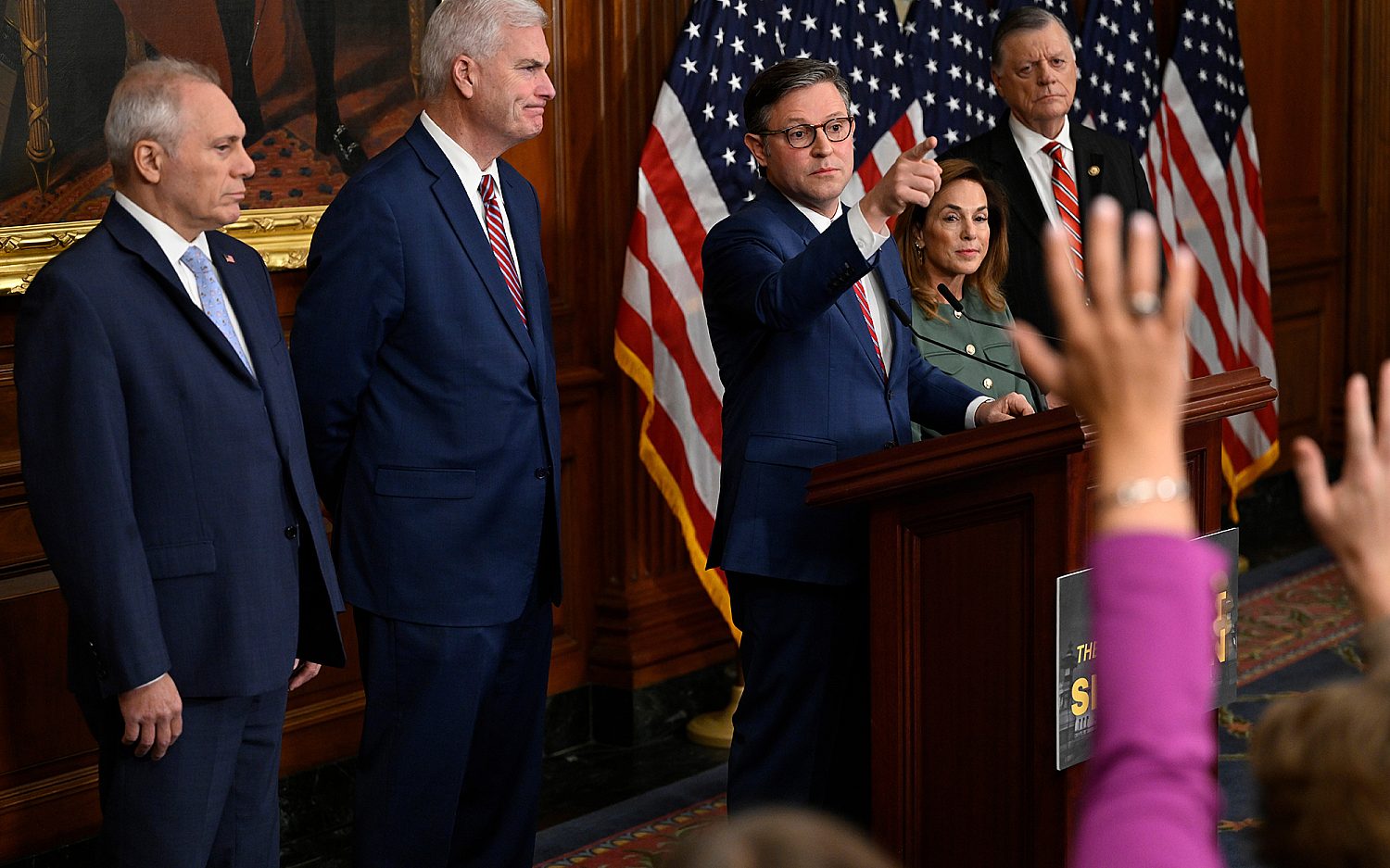Sharing the gospel from the very beginning
Paul and Susan Lim’s embryo adoption tells the story of God’s ultimate love and mercy
This is the second installment in our reality series about Paul and Susan Lim, who have chosen to adopt an abandoned embryo, even though the pregnancy could cost Susan her eyesight. Read the first chapter of their story to learn why they decided to pursue embryo adoption.
As Susan Lim, now in her 28th week of pregnancy, patiently awaits the arrival of her baby daughter in December, she has good news: Her eyesight, compromised by a rare eye condition, has not worsened in the last two weeks. She can still drive her older children, Justin and Karis, to school, piano, and ballet lessons and continue to see patients two days a week at a general pediatric clinic. Susan refuses to take the drug Avastin, which could improve her eyesight but could endanger the growth of her unborn baby, a unique child she and her husband Paul adopted as an embryo.
On Aug. 31, Paul flew to Africa for one week to perform cleft-palate surgeries in the Ethiopian hospital the couple helped found. When he returns to Minnesota, he and Susan want to enjoy their time with Justin and Karis before the baby comes. Now obviously pregnant, Susan sneaks an afternoon nap when she can. She suffers more tiredness and insomnia during this pregnancy than she did with her others. Since she failed her glucose tolerance test by three points, Susan will have to undergo more testing for gestational diabetes, a temporary condition of pregnancy. This owes partly to her age and partly to the increased strictness of the test, she told me. But most importantly, her eyes have so far remained stable.
Now that more of the Lims’ acquaintances have learned about the pregnancy and its unusual origin, the couple have witnessed a variety of reactions to their choice. Many people have offered to pray for them, especially for healing for Susan’s eyesight.
But they’ve also fielded a lot of questions. One person asked Susan: Why not keep the adoption a secret? Everyone would assume the baby belonged to the Lims, biologically speaking, including the child. Though this idea seemed somewhat attractive, the couple decided keeping such a secret would be too complicated, especially for their children. It sounded dishonest.
The Lims will need to decide when to reveal to their youngest daughter her unique conception. Susan wonders whether her daughter will begin to compare herself to the rest of the family and notice that she differs somehow in personality or interests. Will that be the right time?
In an age where open adoptions are gaining popularity, embryo open adoption adds new complexities. The Lims chose a “closed adoption” embryo, which means they will never be able to tell their child who her genetic parents are. Most frozen embryos come from wealthy parents who may have chosen a brother or sister embryo, but left others to be adopted. This offers little opportunity for a happy future reunion with genetic parents who most likely have a carefully designed family, from which the adopted embryo was excluded. The Lims understand that closed adoption embryos are the most abandoned of children. The genetic parental strings have been cut completely.
Ultimately, the Lims want their adoption to display the gospel to their child, Susan said: “When God adopted us, we didn’t have his characteristics. But we have all the rights of one of God’s children. We want to impart that: ‘You get every right as a Lim.’”
An actual newsletter worth subscribing to instead of just a collection of links. —Adam
Sign up to receive The Sift email newsletter each weekday morning for the latest headlines from WORLD’s breaking news team.





Please wait while we load the latest comments...
Comments
Please register, subscribe, or log in to comment on this article.